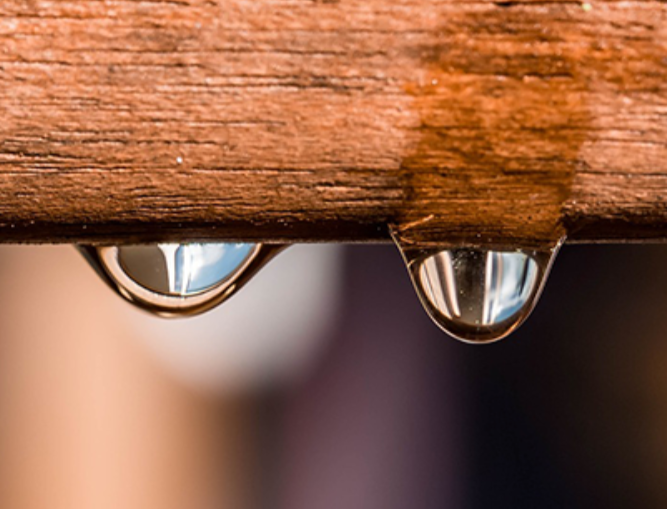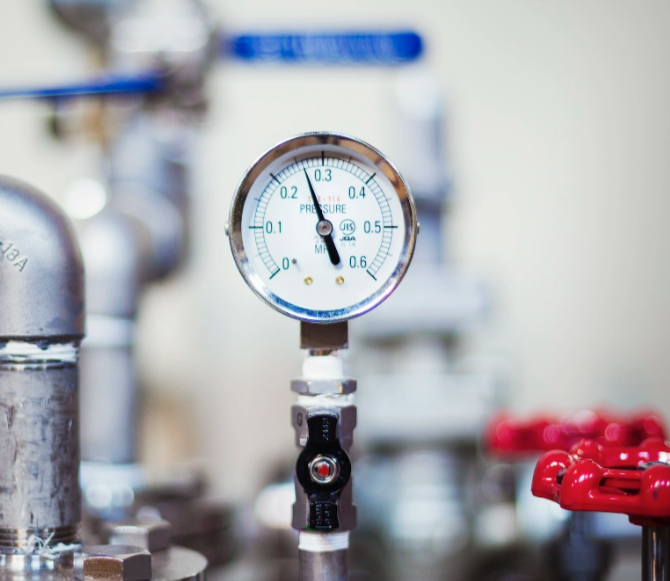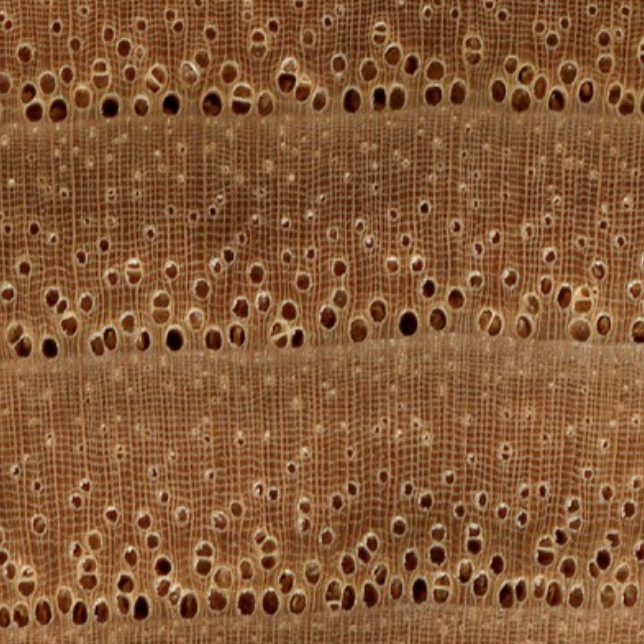Why Can Moisture be so Destructive in Stabilised Wood
Moisture in wood isn’t just “dampness”, it’s an active chemical threat.
I don’t just see drying as prep, It’s the first reaction in a complex stabilisation process, and it’s where most failures begin.
Vacuum vs Pressure in the Stabilising Process
Vacuum and pressure aren’t just steps in the process, they’re two completely different forces working at a cellular level to transform wood into something knife-worthy.
If you treat them like a checklist, you’re not stabilising. You’re basically just surface-coating.
How Density Affects Stabilising
Density isn’t just “heavy” or “light”, it’s a microscopic blueprint that dictates how resin moves, flows, and locks into place inside a block. Every wood species is its own engineered challenge, with unique internal architecture that either welcomes resin in… or shuts the door in its face.
What is Stabilised Wood?
I am regularly asked what is stabilised wood?
How do I know if a piece of wood is stabilised?
Does this wood need to be stabilised?
How do you stabilise wood?
How much does it help?
Warping
Why does Stabilised wood sometimes warp?
Can it be fixed?
How can I mitigate these issues in future?
I tried to stabilise my own wood and it warped! What happened?
How to Finish Stabilised Knife Handles
Knife handles can be difficult to finish. They will be handled, so soft finishes are not really suitable, and even the highest mirror sheens will dull with use. These handles are also usually made with extremely dense, oily, figured or stabilised woods. These require different finishing techniques to other applications







